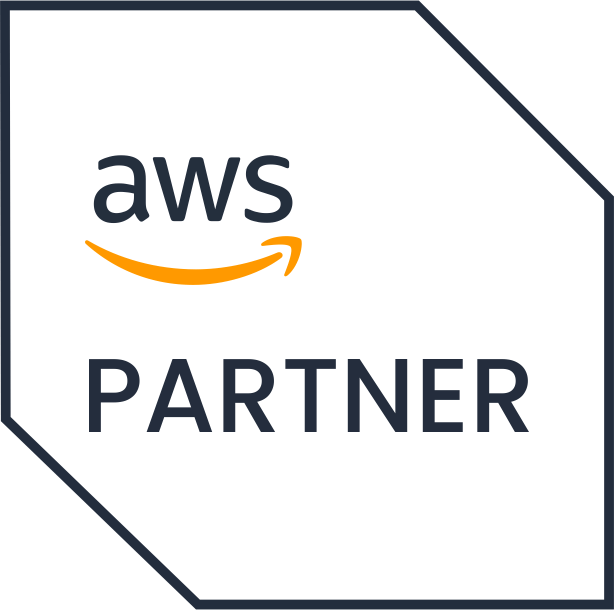Published Date :
Data centers and cloud computing may on the face of it, seem to have little in common with manufacturing, but look closer and you will see that the underlying drivers of productivity and efficiency are the same for manufacturing as for any other industry. From collecting and analyzing factory output to ensuring there are no breaks in supply chains, cloud computing can help manufacturing businesses flourish and stay competitive in this, the age of digital.
1.Machine output and data analytics
Last month’s performance is no longer sufficient to manage processes, let alone make decisions. You need real-time and a complete view of information across your organization to inform your decisions. Real-time visibility of parameters like machine output and performance are necessary to to improve asset management and avoid downtime, just as visibility of stocks held assists planning and procurement to optimize production.
The cloud flattens geographies, allowing manufacturers to collect data from across scattered locations, and its powerful processing muscle lets management glean performance insights, identify gaps and white-spaces, and make the right decisions to grow the business while reducing costs and increasing profits.
2.Reducing costs
Traditional on-premises IT environment can be a black hole, requiring constant infusions of money to keep up with software updates and infrastructure upgrades. These may seem optional but they directly impact performance, and delay only leads to compromised performance. On the other hand, these factors do not even come into play with cloud computing as Cloud Service Providers are themselves responsible for managing systems—including all infrastructure and software upgrades and updates. This frees management of a substantial financial burden not just in direct cost of hardware and software, but employing the right resources to manage the IT and training them so they stay relevant.
In addition to these cost savings, cloud, through mechanisms like elastic provisioning and pay-as-you-go facilities, assures scalability and business continuity without paying for under-utilized and/or over-provisioned resources, i.e. whereas in traditional IT over-provisioning is the norm.
3.Uptime & continuity
It is critical for manufacturers to be able to track production, inventory, distribution, etc. in real time. Failure or inability to access the data related to these elements will compromise productivity and hamper business continuity. Cloud solutions help inventory systems stay, from supply chain logistics to production to distribution. With cloud’s immense storage capacity, processing power, and anytime-anywhere accessibility, business continuity is never at risk.
An organization’s Enterprise Resource Planning (ERP) solution holds the key to business continuity. However managing it in an on-premises data center can be a costly affair, not just cost of infrastructure, but also the cost of resources to manage it. On the other hand, moving your ERP to the cloud or choosing a cloud native ERP—like Salesforce—opens it up for use across multiple access points concurrently. And it is automatically updated with the latest upgrades and security patches.
4.Security
Every business—be it manufacturing or IT—generates a vast, diverse and continuous volumes of data relating to various aspects of the business, and all of which are necessary for smooth operations. Storing all this information in a traditional on-premises calls for a significant investment in infrastructure, software, and talent. Furthermore, it must be protected, from both natural disaster and human malfeasance. The complexities can be staggering. Moving this entire ecosystem to the cloud—or at least some part of it, as in the case of hybrid cloud deployments—frees the organization of keeping their data safe, accessible, and up-to-date. In other words, assuring business continuity. 24×7 monitoring complements this, flagging any security breaches and alerting the responsible stakeholder.
In addition to all this, one must also consider the unhappy possibility of losing all the data through disaster or cyber-crime. Cloud IT stores data and also allows you to recover your data—going back to a desirable date—and accessing it at pre-decided devices and locations.
5.Optimized supply chains
If a business is to be profitable, every department, every system involved in the production and sale of an item must work towards the same goal. Thus is it imperative to integrate all these components into a streamlined system. This can be a challenge if your supply chains are global—or even national. And sharing data can become a bottleneck. This, however, can be surmounted using cloud based applications to exchange information across the production lifecycle. With information stored in the cloud, it is in a sense centralized, thus it can be integrated with multiple systems or platforms and accessed by all stakeholders. Add to this other cloud computing solutions like AI/ML, RPA, IVR and the sky is virtually the limit.
Tech Advantage of the Cloud
You’re not in this alone. While it is true that moving to the cloud and managing your resources there can be daunting, there are many managed services providers to help smoothen the way. Teleglobal, for instance, offers a wealth of expertise with decades of experience in cloud migrations and management. As partners to the biggest cloud providers, viz. AWS, Azure and Google Cloud, we bring a wealth of specialized information and across-industry expertise to help you leapfrog your business several levels.
Not only will you gain in performance across the board, you will also see significant cost savings, as we help you navigate the complex, often confusing world of cloud services.
Moving from a traditional on-site IT environment to flexible private, public or hybrid cloud/s can be a complex affair. Seamless migration means minimal disruption and high focus on security. Ensuring business continuity by prioritizing mission-critical applications and workloads is as crucial as protecting your data from start to finish. Our proven migration methodology ensures your cloud move is accomplished as painlessly as possible, keeping your specific needs and objectives in mind.
Need help with your cloud?
"No worries! Our experts are here to help you. Just fill the form and we'll get back to you shortly!"
Our Partners


 +919356301699
+919356301699 hello@anetautomation.com
hello@anetautomation.com
